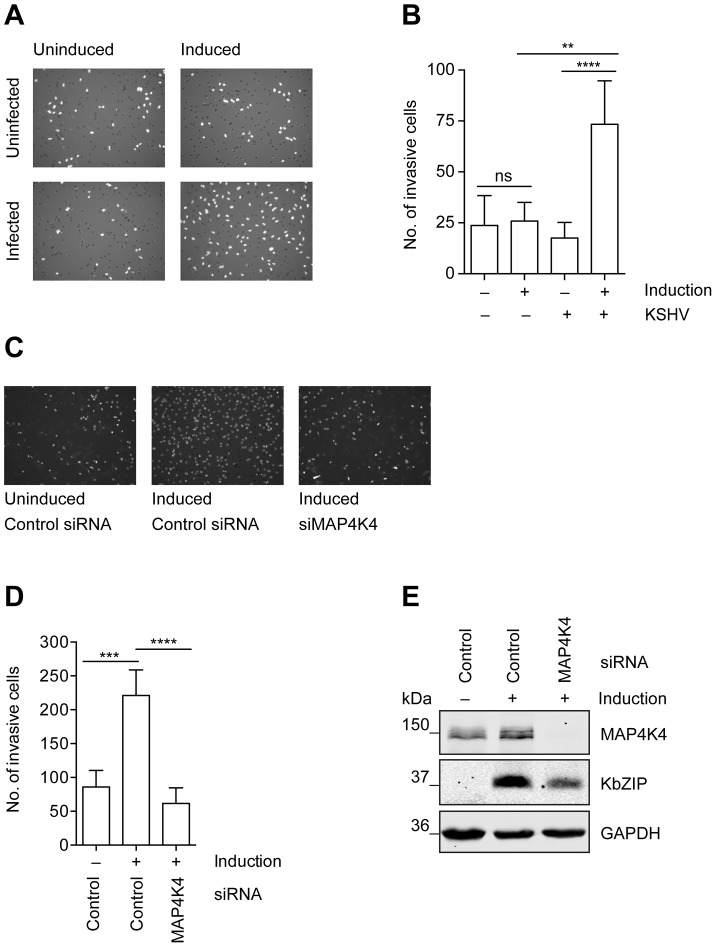Figure 3. MAP4K4 is required for the increased invasiveness of KSHV-infected endothelial cells.
Uninfected HuAR2T cells, or HuAR2T cells stably infected with rKSHV.219 were treated with Na-butyrate and a baculovirus vector expressing RTA, or left untreated, for twenty-four hours with subsequent starving for twelve hours in EBM2 basal medium supplemented with 2% FBS. Equal numbers of cells were seeded on growth factor reduced Matrigel invasion chambers. After twenty-four hours invaded cells were fixed and stained with DAPI. (A) Representative images of invasive cells before and after induction of the lytic cycle. (B) Invasion score measured by quantification of DAPI signal from invasive cells. The bar graph shows means ±SD of invasion scores of three independent experiments. (C) Representative images of invasive KSHV-infected cells before and after MAP4K4 depletion and after induction of the lytic replication cycle. MAP4K4 or control siRNA were transfected twenty-four hours prior to the induction of the lytic replication cycle. (D) Invasion score presented as means ±SD of three independent experiments. The p values were determined using a One-way ANOVA with Tukey's multiple comparison post-test. p>0.05 (ns); p<0.05 (*); p<0.01 (**); p<0.001 (***); p<0.0001 (****). (E) Western blot analysis of MAP4K4 and KSHV KbZIP early lytic protein expression.

